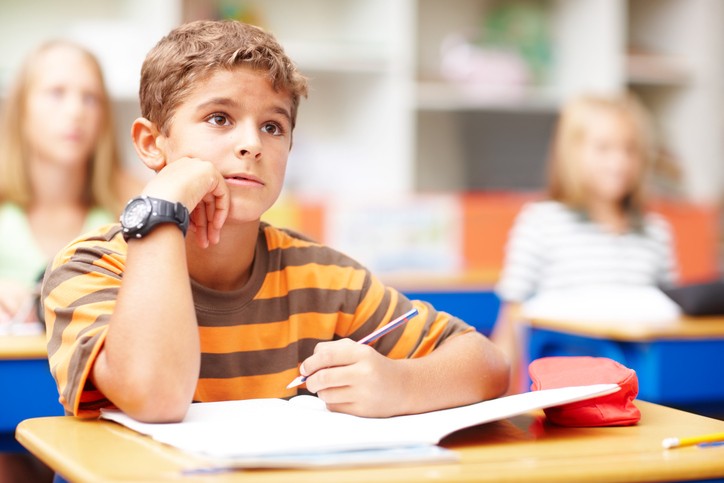Reading is a basic skill which is fundamental for children’s learning and development. PIRLS is a large international comparative study of the reading literacy of children in grade 4 and 5.

In addition to measuring the reading literacy of 4th and 5th graders, PIRLS gathers information on conditions that influence the development fo reading literacy. PIRLS also studies trends in achievement over time.
PIRLS has been conducted every five years, since 2001. Norway has participated in 2001, 2006, 2011 and 2016.
PIRLS is conducted by IEA (The International Association for the Evaluation of Educational Achievement). The Norwegian Reading Centre has been responsible for conducting PIRLS in Norway since 2001.
Target group
The PIRLS target group are pupils in grade 4 who have completed four years of reading literacy education. Since children start school at different ages across the participating countries, students participate in PIRLS at different ages. Until 2011, mainly 4th grade students participated in the study, and in 2011 a small number of grade 5 students were included. In 2016 grade 5 was the main participating group in PIRLS Norway, while a smaller number of grade 4 students were included in order to measure trends.
Vist TIMSS & PIRLS online to access the full PIRLS 2016 report.
Reading literacy in PIRLS
PIRLS adresses three aspects of reading:
- Why we read
- Understanding what we read
- Attitudes towards reading and what we do when we read
PIRLS maintains that we mainly read for two purposes: For pleasure, and in order to gain knowledge/information. The tests therefore contain both literary texts and expository/informational texts.
PIRLS collects data on children’s reading literacy through questions associated with four different areas:
- retrieval of explicitly stated information
- making straightforward inferences
- interpreting and integrating ideas and information
- examination and evaluation of content, language, and textual elements.
Reports and results
IEA conducts an international report of the results from all participating countries. In addition, each country may conduct individual reports. The Norwegian report addresses the Norwegian results. This reports is followed by a number of publications (partial reports, articles, etc.)
Norway cooperates closely with the other participating Nordic countries (in 2016 these were Denmark, Finland and Sweden), and the Nordic results are subject to an individual report.
